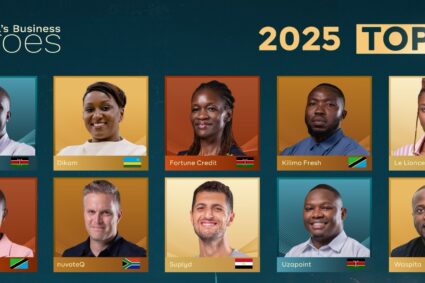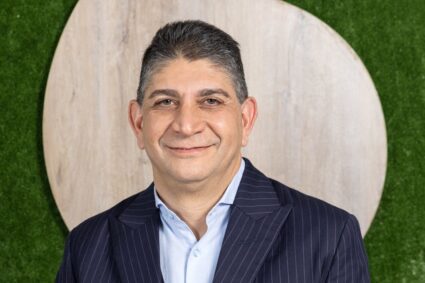
The presidents of South Africa and Rwanda have publicly exchanged statements over the escalating conflict in the eastern Democratic Republic of Congo (DRC), revealing stark differences in their interpretations of the ongoing crisis and their roles within it.
South African President Cyril Ramaphosa, addressing the nation, mourned the loss of 13 South African soldiers serving under the Southern African Development Community Mission in the DRC (SAMIDRC) who were killed in clashes involving the M23 rebel group and the Rwanda Defence Force (RDF). Ramaphosa reaffirmed South Africa’s commitment to peacekeeping efforts in the DRC, describing the mission as essential for protecting civilians and fostering regional stability.
“Our military presence in the eastern DRC is not a declaration of war against any country or state. It demonstrates SADC’s commitment to supporting the DRC in achieving peace,” Ramaphosa said. He also endorsed diplomatic pathways, including the Nairobi and Luanda processes, while calling for respect for DRC’s sovereignty and territorial integrity.
However, Rwandan President Paul Kagame issued a scathing response, accusing Ramaphosa of misrepresenting facts in his public statements. Kagame emphasized that the RDF is a national army, not a militia, and alleged that SAMIDRC is not a peacekeeping force but a “belligerent” entity aligned with the DRC government and groups like the FDLR, which Kagame claims pose a direct threat to Rwanda.
“SAMIDRC displaced a true peacekeeping force, the East African Community Regional Force, contributing to the failure of negotiations,” Kagame stated. He also claimed Ramaphosa had sought Rwanda’s assistance in logistical support for South African forces, while pointing out contradictions in South Africa’s narrative about the deaths of its soldiers. According to Kagame, Ramaphosa privately acknowledged that FARDC, not M23, was responsible for the fatalities.
The exchange has highlighted tensions over the role of external forces in the DRC and raised questions about competing narratives surrounding the conflict. Ramaphosa’s call for an end to hostilities and Kagame’s pointed critique suggest a growing rift, underscoring the complexities of regional geopolitics.
As fighting in the DRC intensifies, the international community has called for diplomatic resolutions, with the United Nations Security Council urging an immediate ceasefire and the withdrawal of external forces. However, the public fallout between South Africa and Rwanda signals deeper divisions within Africa’s approach to resolving the conflict.
The ongoing clashes between FARDC, M23, and other armed groups, coupled with allegations of external involvement, continue to exacerbate instability in the region, leaving peace and security in the DRC hanging in the balance.


